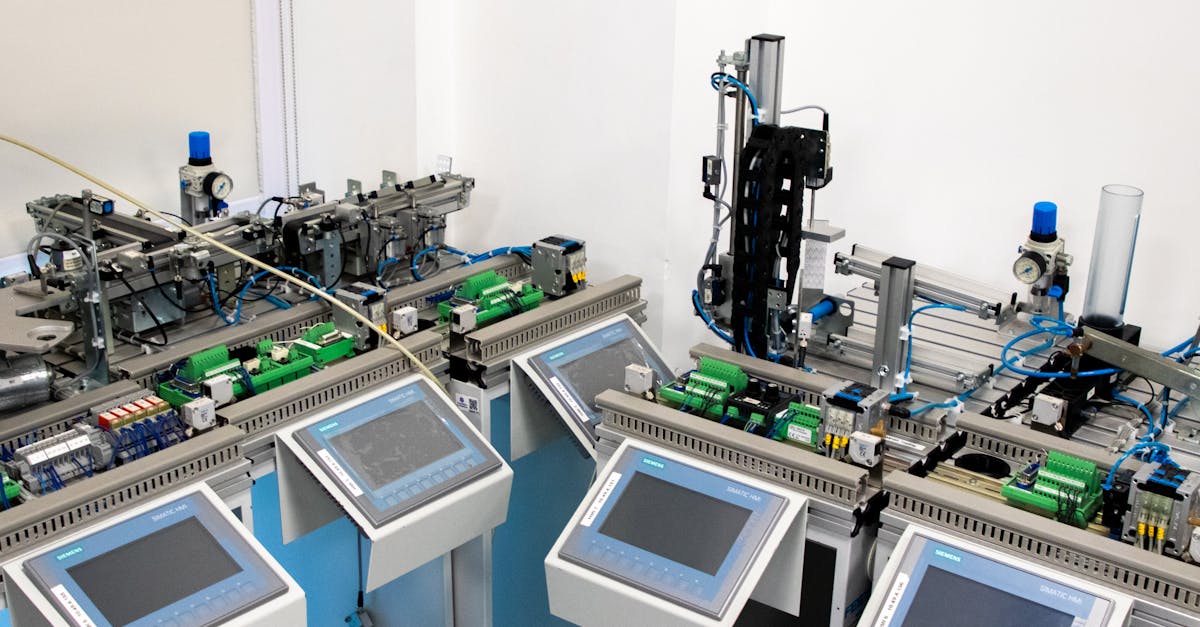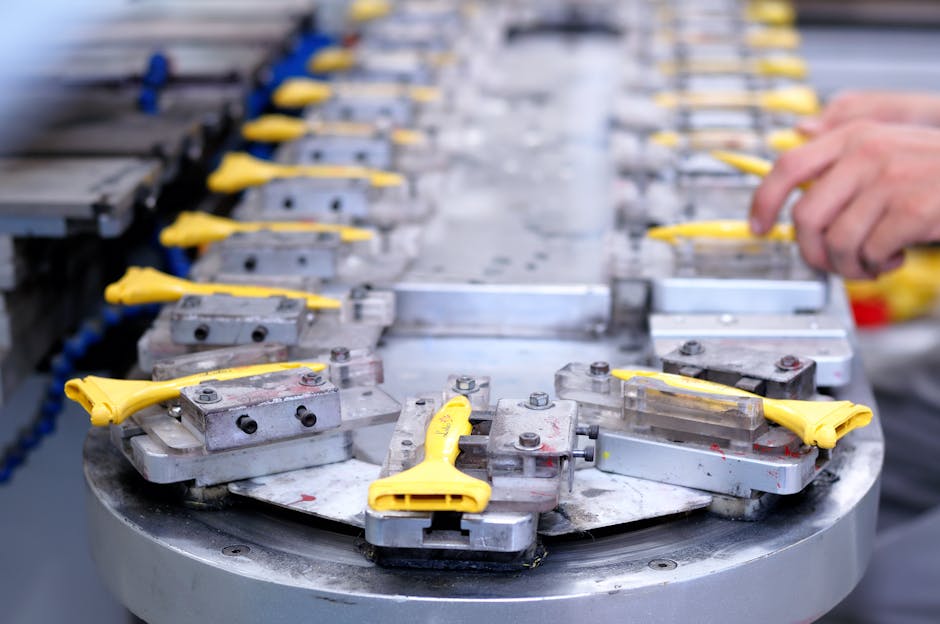
You’re feeling the pressure. Manufacturing is moving faster than ever, but your ERP and EDI systems are probably slowing you down instead of helping you pivot. Maybe you’ve watched your old, monolithic solution buckle under the weight of new trading partners, last-second order changes, or supply chain shocks the old stack was never built for. If rigid platforms have ever forced you to compromise on efficiency or budget, you’re not alone. Let’s get real about why manufacturers like you are increasingly setting aside the one-size-fits-all platforms in favor of composable ERP and modular EDI in 2025—and how this shift can directly help you reclaim agility, slash costs, and actually future-proof your operation.
If you’ve felt trapped by a monolithic ERP or a legacy EDI provider, you know why this trend matters. These systems were designed for predictability, not resilience. Every change—whether it’s onboarding a new 3PL, adapting to tariffs, or integrating a new e-commerce channel—requires slow, expensive consulting or clunky workarounds.
You’ve likely noticed that every year brings new trading requirements, supply chain volatility, and regulatory changes. In this reality, being forced to wait months and burn piles of cash just to tweak a workflow is more than an annoyance. It’s a risk to your business. For EDI veterans, all those midnight troubleshooting sessions and bolt-on integrations are scars, not badges of honor.

Jumping to composable ERP isn’t about chasing the latest tech—or swapping one vendor for another. It flips the script by letting you assemble your own stack from modular, best-fit components. You choose financials from one vendor, inventory from another, plug in real-time analytics, or instantly swap out an aging procurement tool. These modules connect through open APIs and cloud-native architecture, never locking you in.
The exact same principle applies to modular EDI. You connect to every customer, 3PL, or vendor using purpose-built modules that actually fit your trading partner’s requirements. This approach lets your IT and EDI teams respond to changes quickly, without breaking what works or losing visibility. No more costly upgrades just for compliance or a new document type. You add, remove, or adjust EDI flows in days, not quarters.
The pressure on margins is relentless. You’re constantly asked to do more with less—but legacy stacks force you into all-or-nothing upgrades and never-ending support contracts. With a modular, composable setup, your budget is finally under your control. You upgrade the pieces that matter, and stop paying for shelfware or tech you’ve outgrown.
Phased migration is the key for risk-averse teams. Instead of a big-bang cutover, you validate one module at a time. Keep your accounting running while you modernize your shop floor scheduling. Roll out modular EDI onboarding for a single high-value trading partner, then scale that template across the network. Less downtime means less stress for you, your IT team, and your CFO.

You’ve been burned before by add-on fees, mysterious surcharges, and surprise invoices for minor customizations. Composable platforms flip that on its head—you pay for only what you use, when you need it. Major tweaks and new integrations don’t require an army of consultants. If you’re used to one-off vendor charges for every EDI map, onboarding, or compliance adjustment, modular EDI is a breath of fresh air.
Your industry likely faces new and shifting compliance burdens every quarter. Instead of overhauling your core systems, you drop in a new compliance module or extend your EDI flows for audit-ready reporting. Granular permissions and rapid security patching happen automatically. Your EDI compliance headaches finally ease—giving you more time to focus on growth, not red tape.
You land a contract with a big-box retailer—and they insist on a proprietary EDI format. The old way would mean weeks of consulting, and possible pushback from your IT team. With modular EDI, you spin up a new format in parallel, test it without impacting your main workflow, then go live after a few days of validation. You keep sales and compliance happy without breaking a sweat.
Tariffs on overseas suppliers suddenly make your cost model unsustainable. Composable ERP lets you swap in a new logistics module, plug in real-time freight data, and reroute shipments with a few clicks. Your purchasing and finance teams keep pace without running to IT for emergency patches. You sidestep disruption before it costs you customers or margin.

When a new state or international compliance standard hits, your modular platform means instant coverage. A new EDI compliance or audit module activates, pulling records from your core ERP and every trading partner—even archived data. Costs stay predictable, with no unexpected project overruns or delays.
Veterans know the pain of ripping and replacing an entire EDI stack. With modular EDI, you get full backward compatibility—legacy maps and integrations operate alongside new modules until you’re truly ready to flip the switch. If you’re curious how this actually looks, check out our recent resource on best practices for EDI trading partner onboarding. You’ll see how phased, low-risk modernization is possible even in tightly regulated or high-volume environments.
The business case for composable ERP and modular EDI is here. If you’re tired of overpaying, underperforming, and firefighting your legacy platforms, it’s time to look at solutions built for the future your business demands. At BOLD VAN, you can integrate modular EDI with ERP platforms like NetSuite, Visual, Oracle, or SAP—including data translation and API connectivity—without disrupting your workflows or irritating your trading partners. Our focus remains on keeping your costs transparent and your migration smooth.
Ready to see how you can upgrade piece-by-piece without risking daily operations or blowing your budget? Schedule a quick demo or take a look at our transparent pricing to run the numbers for yourself. Or upload your VAN bill for an apples-to-apples comparison—chances are, you’ll be surprised by what you can save and how simply you can get started.

Master the GS1-128 shipping label process. This guide covers essential segments, SSCC generation rules, and step-by-step strategies to align your EDI 850, 855, and 856 documents for error-free warehouse operations.

Master the EDI 856 ASN: Discover 7 practical cartonization strategies and 5 labeling tips to eliminate retailer chargebacks, sync your WMS with ERP data, and protect your margins from costly shipment mismatches.

Stop letting EDI 810 errors eat your margins. Learn the essential segments, common mapping pitfalls, and 2026 compliance strategies to eliminate retailer chargebacks, shorten DSO, and bulletproof your order-to-cash workflow.